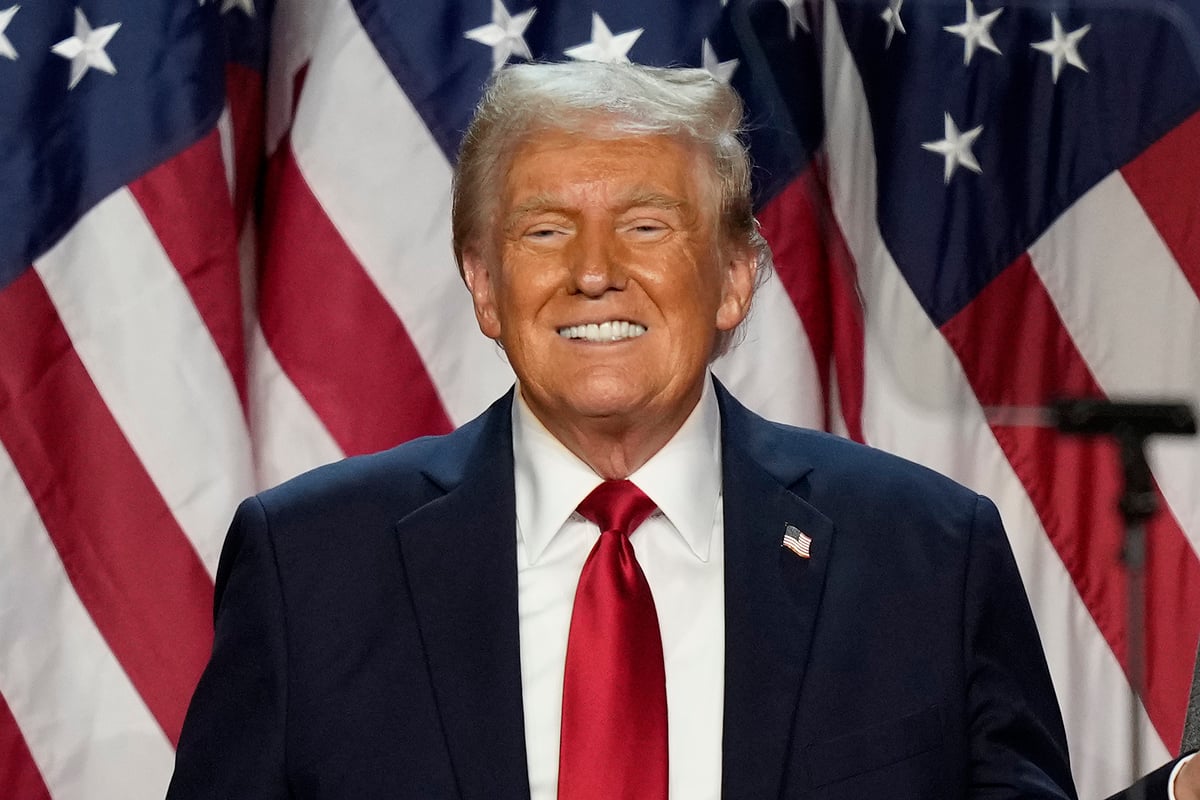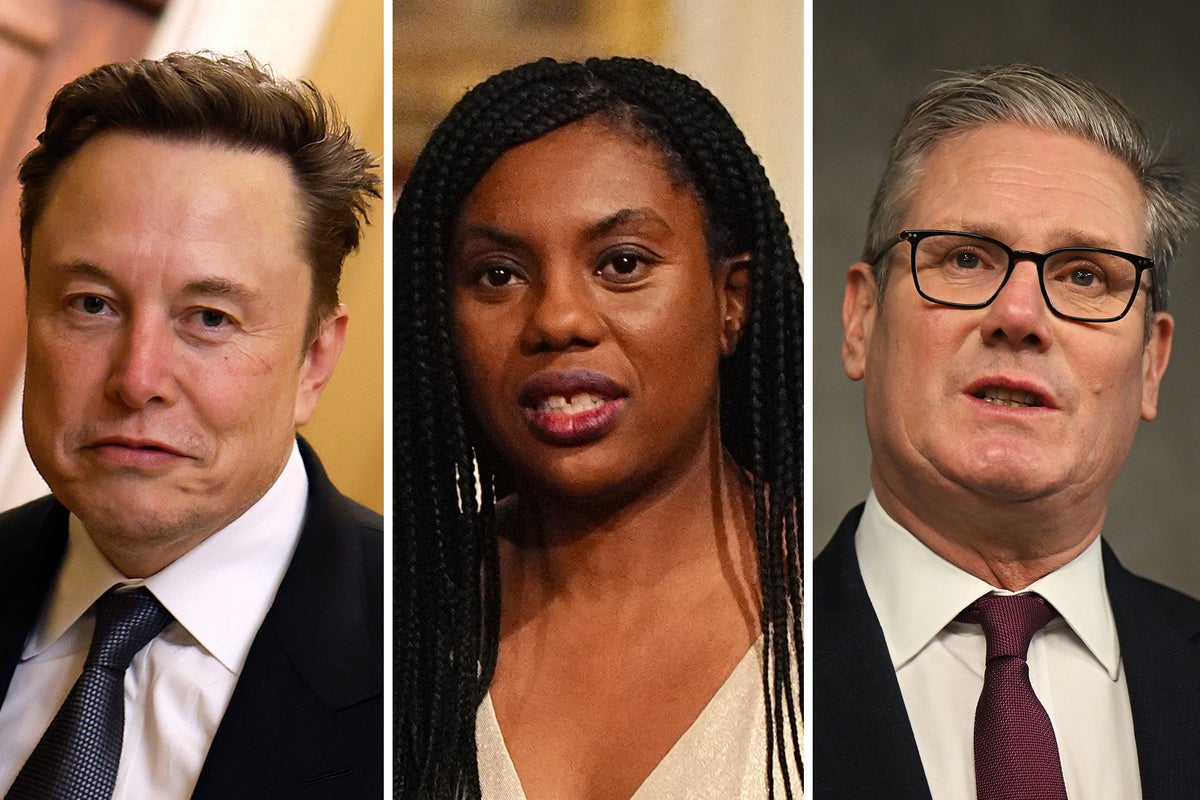
Donald Trump is reportedly considering yet another bold idea to redraw the map of the Western Hemisphere by renaming the Gulf of Mexico as the Gulf of America.
The US president-elect, 78, unveiled his proposal for the gulf, a major centre of economic activity, on Tuesday at a press conference in Mar-a-Lago, Florida.
This marks the latest in a series of contentious territorial ambitions, following Mr Trump’s threats to take control of Greenland and the Panama Canal.
The announcement has left many Americans pondering the fate of the Gulf of Mexico’s name and sparked questions about the potential geopolitical implications of such a move.
Why was the Gulf of Mexico given its name?
The Gulf of Mexico is shared primarily by the US and Mexico, which have long controlled and utilised its waters.
ADVERTISEMENT
The name “Mexico” originates from an Indigenous city that bore the same name as the modern state of Mexico. The Gulf of Mexico has carried this name for roughly 400 years. However, in the US, it is often colloquially called the “Third Coast” due to its coastline spanning five southeastern states.
Mexicans refer to the gulf as El Golfo de México, using the Spanish version of the name.
While the US claims control over a significant portion of the gulf, international agreements have clarified territorial waters. Under the United Nations Convention on the Law of the Sea, US waters extend 12 nautical miles from its coastline.
Despite multiple nations sharing the gulf, including Cuba, Mr Trump recently asserted that the US does “the most work” there. He argued the body of water should bear America’s name because “it’s ours,” adding that “the American name has a beautiful ring.”
More details on the proposed renaming would be announced “at a future date”, he added.
ADVERTISEMENT
Mr Trump’s latest comments are part of a long history of inflammatory remarks and actions targeting Mexico, a country he has frequently clashed with since his 2016 presidential campaign.
Can Trump change the name of the Gulf of Mexico?
Mr Trump’s comments have ignited questions about whether a president can rename an international body of water. While a name change is theoretically possible, such a decision cannot be made unilaterally, and other nations are not obligated to recognise it.
The US and Mexico are members of the International Hydrographic Organisation (IHO), which oversees the uniform charting and naming of the world’s seas, oceans, and navigable waters. In practice, countries sometimes refer to the same body of water or landmark by different names in their own documentation, but official changes require broader international consensus.
Mr Trump’s ally, Congresswoman Marjorie Taylor Greene, announced plans to introduce legislation supporting the renaming.
ADVERTISEMENT
In a statement on social media site X, she said: “As soon as President Trump made his announcement, I directed my staff to get the bill drafted.
“We already have the bill written with legislative council and ready to file first thing Thursday morning. Congress has to take the Trump Agenda mandate seriously and that means acting fast to enact it.”
EMEA Tribune is not involved in this news article, it is taken from our partners and or from the News Agencies. Copyright and Credit go to the News Agencies, email news@emeatribune.com Follow our WhatsApp verified Channel




